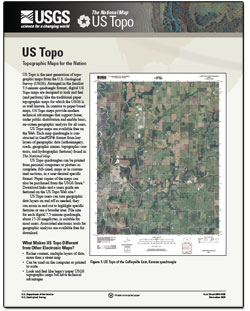Seems like an interesting topic to me... generally if my credit or value of privacy has altered as a result of the sort of nonsense noted below, I would would swear out a crimal complaint on Google.
 If a Google employee rampages through my email, Google Voice or other data for no justifiable reason I expect a lot more from the company than simply terminating them. There needs to be criminal charges brought as well.
If a Google employee rampages through my email, Google Voice or other data for no justifiable reason I expect a lot more from the company than simply terminating them. There needs to be criminal charges brought as well.
We’ve asked Google if they’ve pressed charges against either of the two engineers they’ve fired for inappropriately accessing user data, and they won’t comment.
So much of our life is lived online, and so much of our highly sensitive personal data is stored on Google’s servers, that it is absurd that there aren’t more dire consequences facing those that choose to molest that data. If a Google employee broke into my home and stole files from my office they’d go to jail. And frankly I’d be far less concerned with that situation than if they were perusing my email for entertainment during their lunch break.
A few days ago, for no particular reason, I asked people on Twitter if they’d trust Google with their money and data if Google launched a bank. The overwhelming response was “no.” Surprised, I wrote “wow, most of you say no way you’d trust Google Bank with your money. I certainly would. My bank sucks.”
I think I’d like to amend my answer. My bank certainly does suck. But I’m pretty sure they’d have an employee arrested if they, say, accessed my data and tried to exhort me with it.
I’m not so sure Google would do the same.







 If a Google employee rampages through my email, Google Voice or other data for no justifiable reason I expect a lot more from the company than simply terminating them. There needs to be criminal charges brought as well.
If a Google employee rampages through my email, Google Voice or other data for no justifiable reason I expect a lot more from the company than simply terminating them. There needs to be criminal charges brought as well.




 The battle for dominance in the smartphone market will shake out in the next five years and when it’s finished, Google (GOOG), not Apple (AAPL), will emerge the victor. That’s the outlook from Piper Jaffray which sees Google’s Android OS aggressively capturing market share in the years ahead.
The battle for dominance in the smartphone market will shake out in the next five years and when it’s finished, Google (GOOG), not Apple (AAPL), will emerge the victor. That’s the outlook from Piper Jaffray which sees Google’s Android OS aggressively capturing market share in the years ahead.

 Following an announcement from Toshiba at IFA yesterday that it has developed SDHC memory cards based on the new UHS-1 standard, the SD Association today outlined its plans for its forthcoming SD 4.0 standard. The breakthrough means that SD 4.0 can support real-time HD video playback, whether from a media player or a camcorder. The new SD 4.0 standard is based on a dual-row pin memory design that achieves bus interface speeds of up to 300MBps, or nearly three times faster than UHS-1's 105MBps..
Following an announcement from Toshiba at IFA yesterday that it has developed SDHC memory cards based on the new UHS-1 standard, the SD Association today outlined its plans for its forthcoming SD 4.0 standard. The breakthrough means that SD 4.0 can support real-time HD video playback, whether from a media player or a camcorder. The new SD 4.0 standard is based on a dual-row pin memory design that achieves bus interface speeds of up to 300MBps, or nearly three times faster than UHS-1's 105MBps.. Toshiba has revealed new SDHC memory cards with the Ultra High Speed I (UHS-I) standard that enables them to reach maximum data read rates of 95MBps and write speeds of 80MBps. This makes them the fastest SDHC UHS-I memory cards in the world. The cards can thus far only use these speeds in USB 3.0 readers, as no camera can fully use
Toshiba has revealed new SDHC memory cards with the Ultra High Speed I (UHS-I) standard that enables them to reach maximum data read rates of 95MBps and write speeds of 80MBps. This makes them the fastest SDHC UHS-I memory cards in the world. The cards can thus far only use these speeds in USB 3.0 readers, as no camera can fully use




